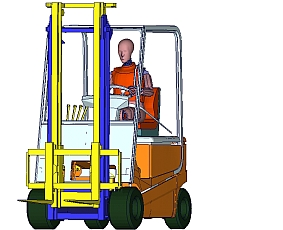Different applications utilize one or a combination of the features listed below:

A variety of controls, options, and subroutines permit the user to have maximum flexibility in defining the simulation problems:
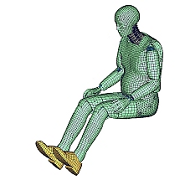
LS-DYNA has an extensive element library with both under-integrated and fully-integrated element formulations.
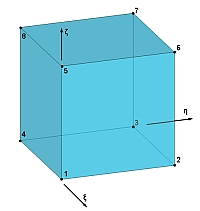
LS-DYNA provides more than 130 metallic and non-metallic material models.
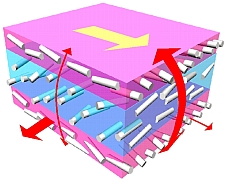
The fully automated contact analysis capability in LS-DYNA is easy to use, robust, and validated. It uses constraint and penalty methods to satisfy contact conditions. These techniques have worked extremely well over the past twenty years in numerous applications such as full-car crashworthiness studies, system/component analysis, and occupant safety analysis. Coupled thermo-mechanical contact can also be handled. Over 40 different contacts are available. Multiple contact options are possible, for example:
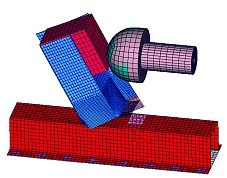
A special option exists for treating contact between a rigid surface (usually defined as an analytical surface) and a deformable structure. On example is in metal forming, where the punch and die surface geometries can be input as IGES- or VDA-surfaces which are assumed rigid. Another example is in occupant modeling, where the rigid-body occupant dummy (made up of geometric surfaces) contacts deformable structures such as airbags and instrument panels.
Several friction models are available:
Contact input is made easier by allowing contact to be defined by part identifiers, by box, or by simply including the entire model in the contact definition.
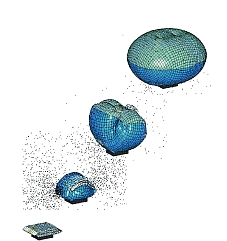
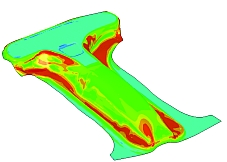
Automatic re-meshing permits the user to achieve accurate results at minimum cost:
